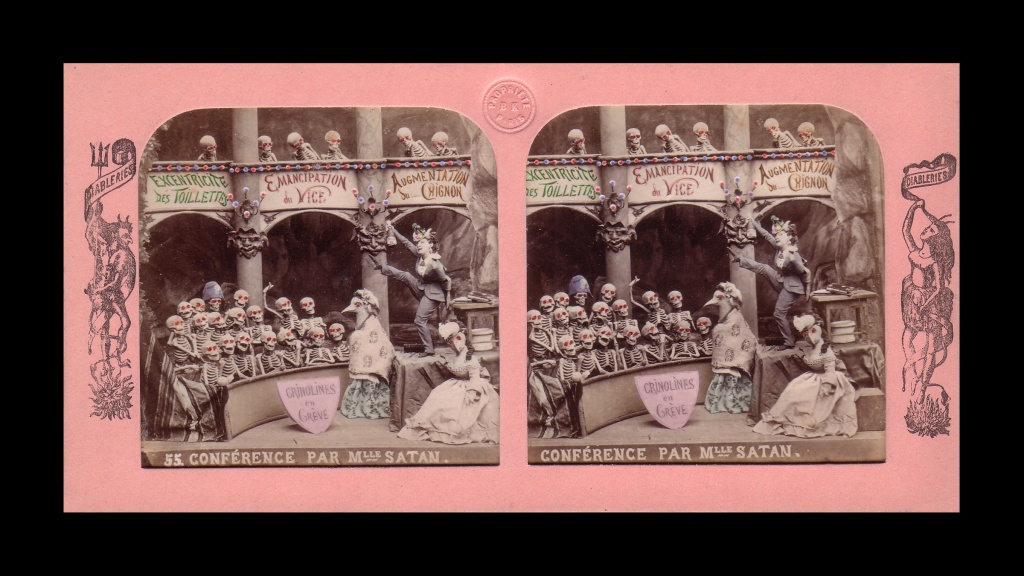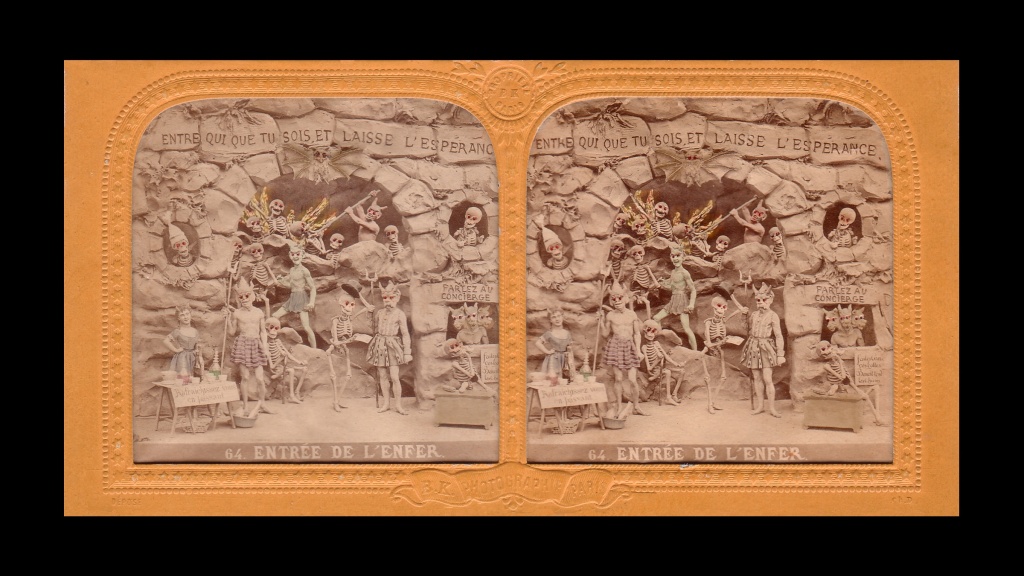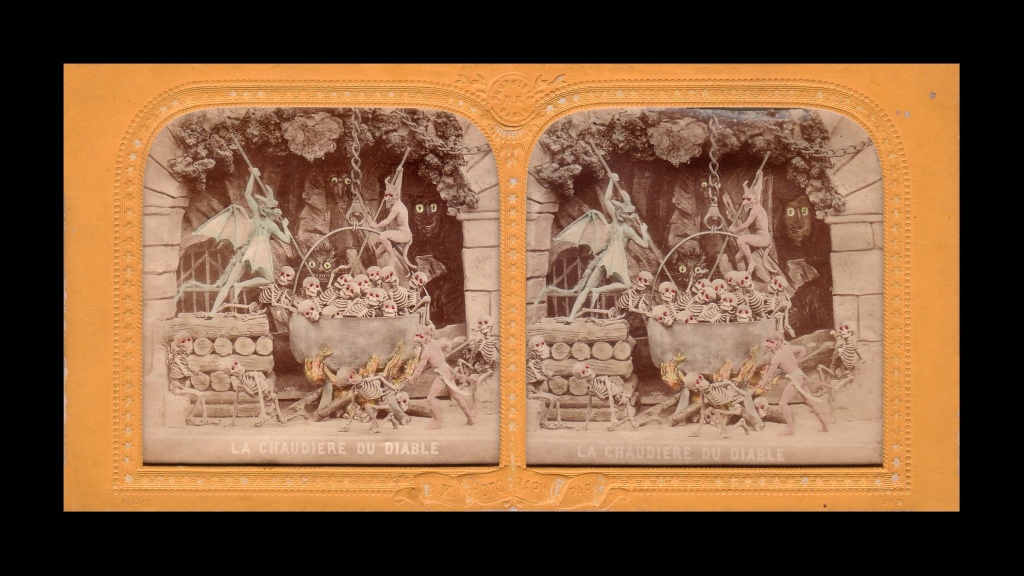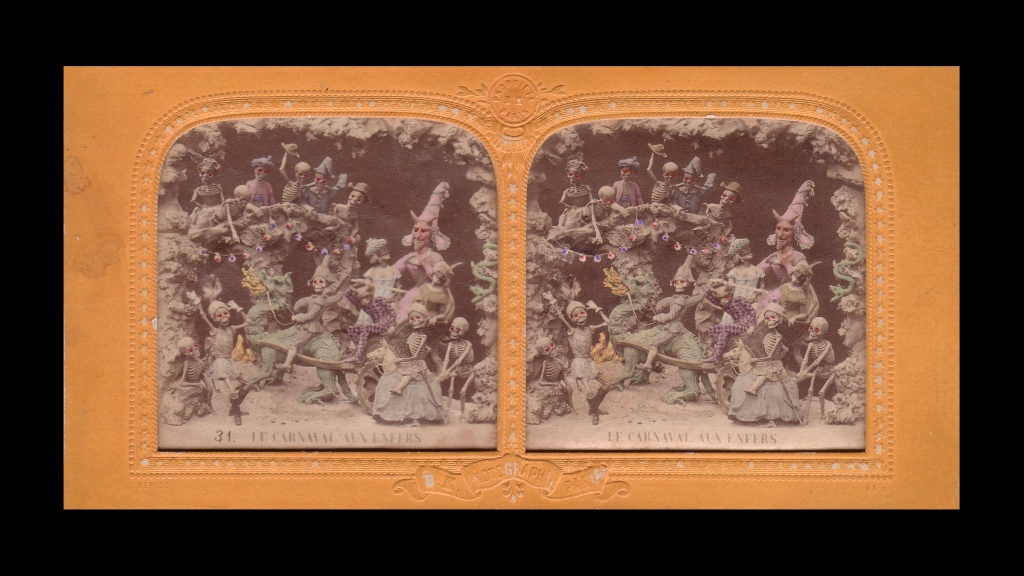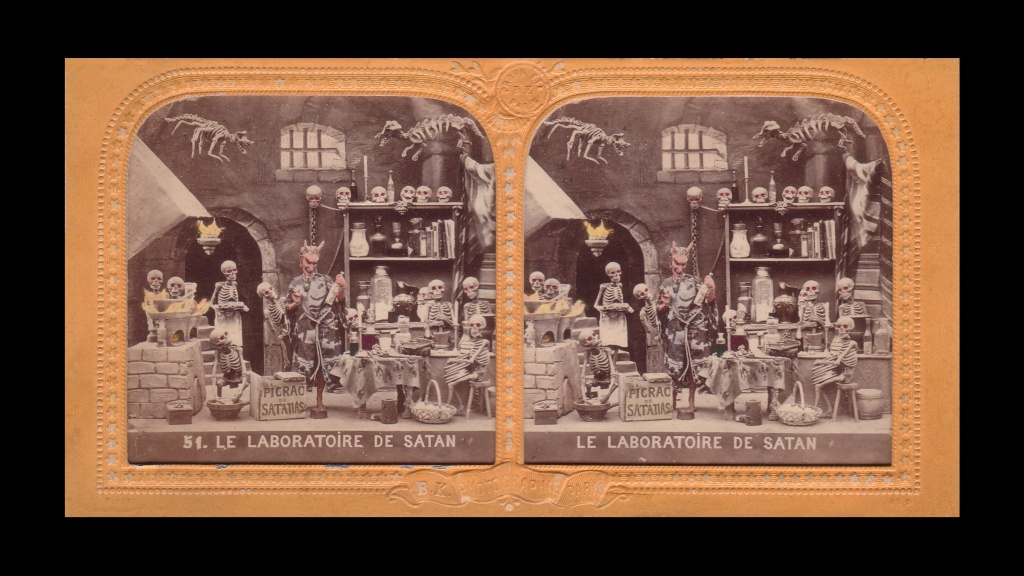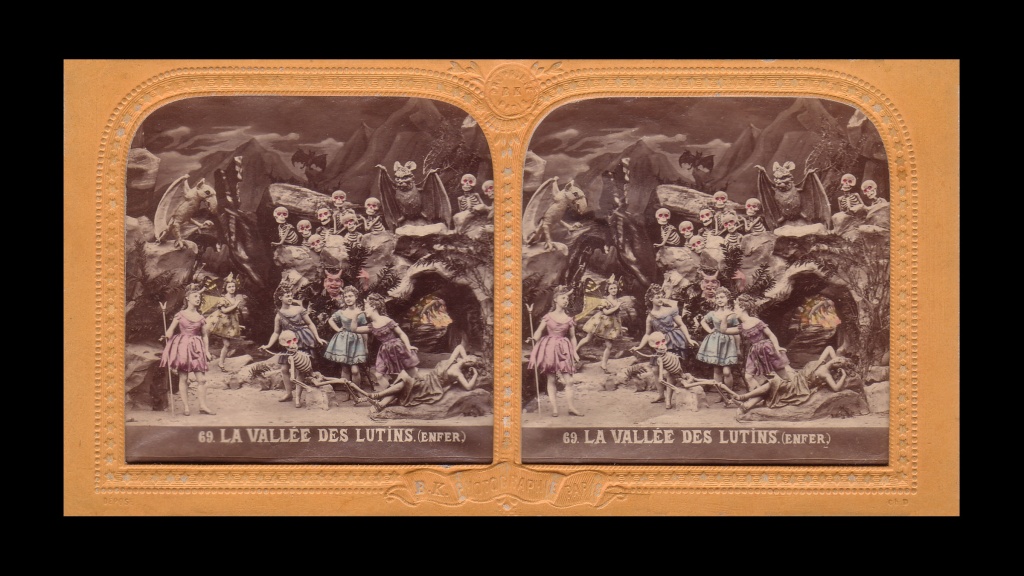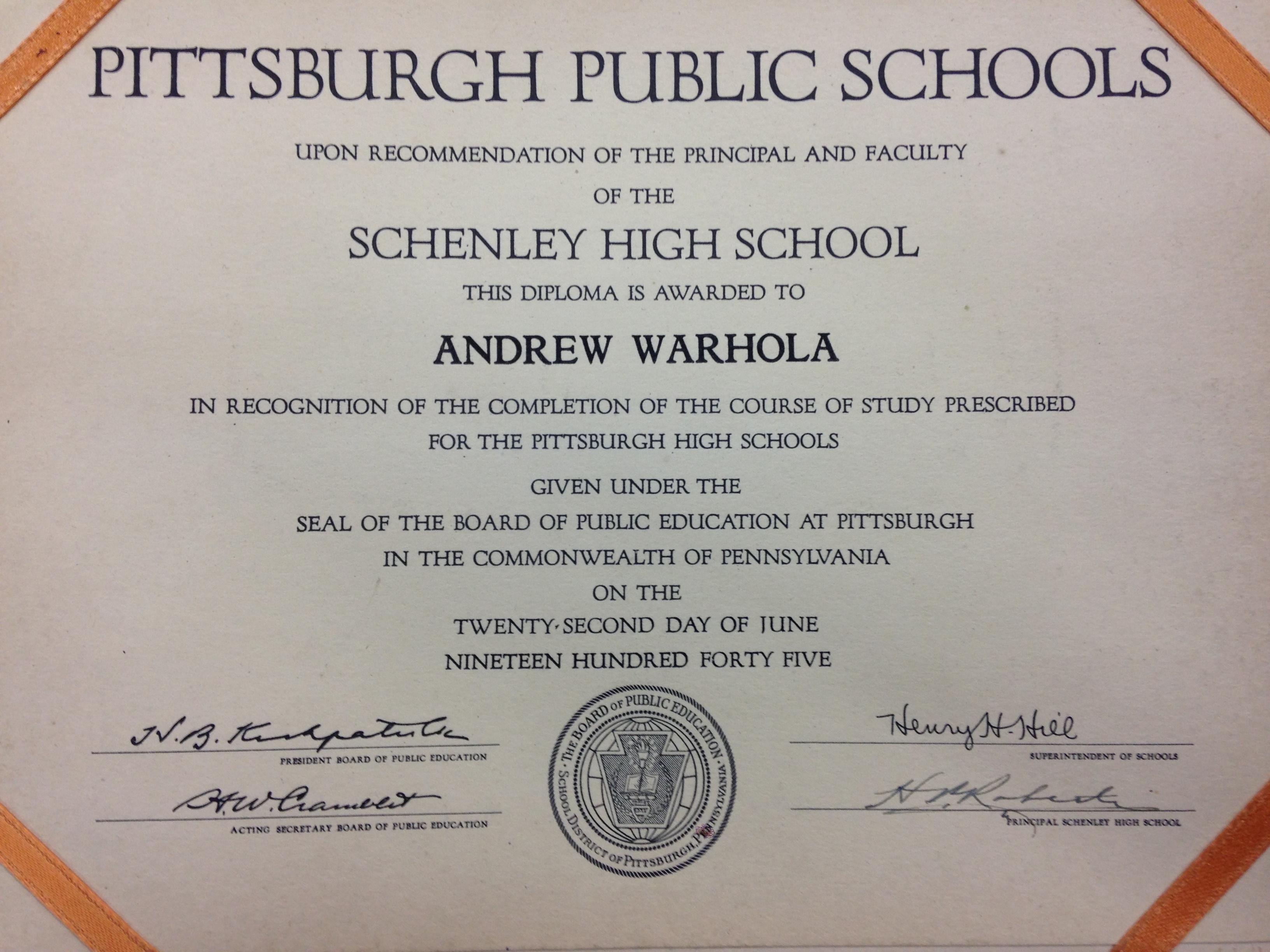






Several years ago I was asked to research a bunch of dusty film reels that had been discovered in the loft of an old barn. It turned out to be a collection of original 35mm theatrical releases from the 1920s on nitrate film. If you aren’t familiar with nitrate film (aka nitrocellulose or guncotton) I can tell you that it is a highly flammable material known to sometimes spontaneously combust. When it burns it erupts like a jet engine and will continue to burn even if submerged below water. This dangerous material was responsible for numerous deadly cinema and factory fires during the first half of the 20th century. It wasn’t until the early 1950s that the film base was replaced with acetate or “safety film.” In addition to these accidental fires old films were also purposely destroyed as they were considered worthless. It is estimated that 75% or more of the films produced during the silent era are now lost forever.
The condition of these films was quite poor, due to deterioration from improper storage, and the contents of the footage was completely unknown. After unwinding the reels to examine the opening frames I was able, based on the actors and the subtitled dialogue, to determine the names of many of the productions. The most interesting film was titled The Naulahka (Pathe-Astra, 1918). It was based on a story by Rudyard Kipling and featured an actress named Doraldina, the first performer to be billed as an “exotic dancer.” With help from the archive department at the Academy of Motion Picture Arts and Sciences we were able to confirm that the title did exist at the academy archive and at the Lobster Films archive in Paris. Although in the end we didn’t discover a long lost film title we were able to facilitate an option to donate the film to the archive for a tax write-off where it could be further studied and stored in a proper environment.













